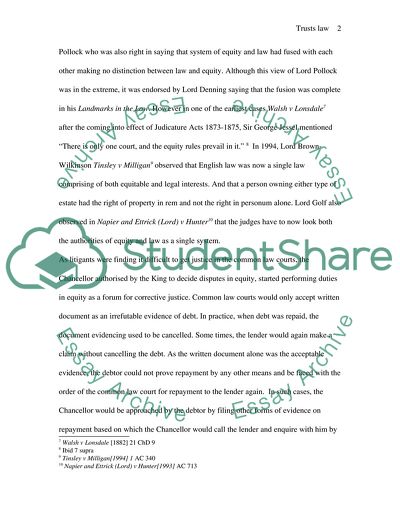Cite this document
(Substantive Fusion and To What Extent There Has Been Substantive Fusio Essay, n.d.)
Substantive Fusion and To What Extent There Has Been Substantive Fusio Essay. Retrieved from https://studentshare.org/law/1729790-trusts-law-question-is-attached-below
Substantive Fusion and To What Extent There Has Been Substantive Fusio Essay. Retrieved from https://studentshare.org/law/1729790-trusts-law-question-is-attached-below
(Substantive Fusion and To What Extent There Has Been Substantive Fusio Essay)
Substantive Fusion and To What Extent There Has Been Substantive Fusio Essay. https://studentshare.org/law/1729790-trusts-law-question-is-attached-below.
Substantive Fusion and To What Extent There Has Been Substantive Fusio Essay. https://studentshare.org/law/1729790-trusts-law-question-is-attached-below.
“Substantive Fusion and To What Extent There Has Been Substantive Fusio Essay”, n.d. https://studentshare.org/law/1729790-trusts-law-question-is-attached-below.


